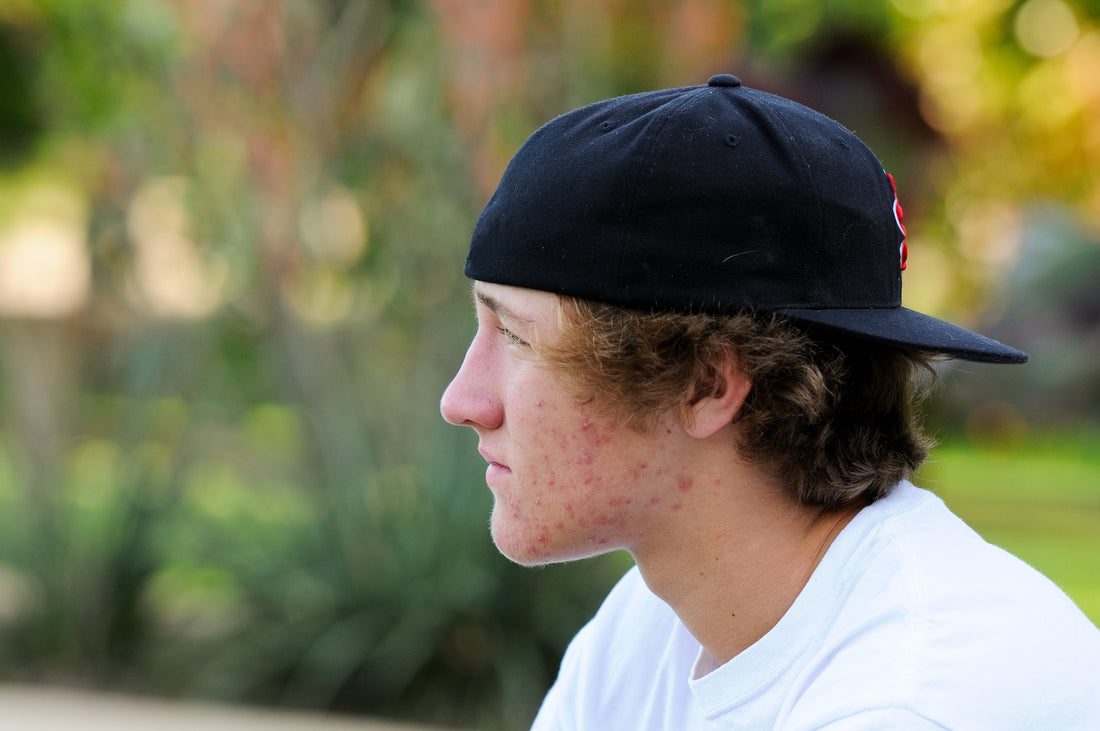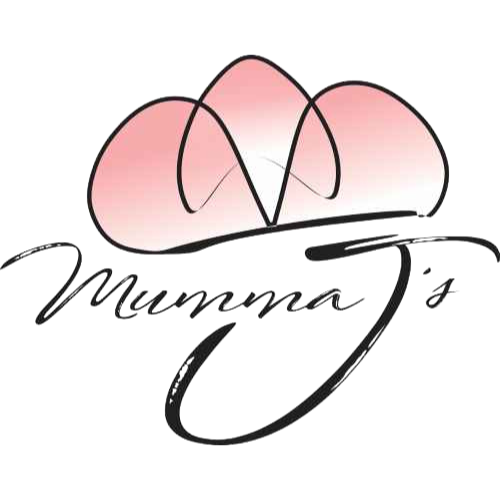
Night night teenage acne
Share
Being a teenager is hard enough, and up to 85-90% of this age group must also deal with acne. First, the pimples, then the anxiety, followed by the scarring that gets left behind. Girls often get through the acne phase quicker than boys because they enter puberty earlier.
Acne can take its toll on self-esteem and quality of life and can even lead to depression and psychological issues. Boys with severe acne have an even higher likelihood than girls to have suicidal thoughts compared to their respective peers. Not something to be swept under the carpet and told, “everyone gets it, you’ll grow out of it.”
As adults, we all know that good skincare and hygiene are essential to even begin dealing with acne. But of course, any teenager who needs reminding about hygiene might perceive it as criticism or nagging. Here are the basics;
- Clean your face in the morning, at bedtime and anytime you sweat.
- Use your fingertips or a soft flannel, lukewarm water, and a mild, unscented face wash.
- Do not scrub your skin, use a rough cloth or any exfoliants – nothing that can irritate broken skin.
- Shampoo regularly if your hair and scalp are oily (we’ll focus on our shampoo bar in the next newsletter).
- Try not to touch your face, don’t pick or squeeze pimples – it takes longer to clear up if you do.
- Stay out of the sun, but if you must, then use an oil-free sunscreen with an SPF of at least 30.

Unfortunately, there is also adult acne – also called post-adolescent acne. It can be persistent and is more common among women – up to 15% of the population. It tends to be mild to moderate, results in large pores and is more common in people with olive skin.
Acne develops when sebum (an oily substance that naturally lubricates your hair and skin) and dead skin cells plug hair follicles. Bacteria can then trigger inflammation and infection resulting in more severe acne.
- Whiteheads – closed plugged pores (comedones)
- Blackheads – open plugged pores
- Small red, tender bumps – papules
- Pimples – papules with pus at their tips
- Large, solid, painful lumps under the skin – nodules
- Painful, pus-filled lumps under the skin – cystic lesions
Jojoba (pronounced ho-ho-ba) oil is the closest natural match to our skin, and in fact, is not actually an oil. Other skin care oils such as coconut, avocado and grapeseed and triglycerides. Jojoba is a wax ester, which makes a huge difference when using it on your skin. It’s lighter, less greasy, and more stable (other oils can quickly go rancid) meaning a longer shelf life.
Being the closest thing out there to our skin’s own oil, Jojoba acts and functions like sebum. It balances the oil in the skin, rather than adding oil to it. So, it doesn’t clog pores or cause acne, it adds moisture where it's needed and can also help reduce excess oil production. Put another way, it tricks your face into thinking it’s produced enough sebum, so it stops and then normalises.
Jojoba oil has soothing anti-inflammatory agents, healing properties, and is a natural antimicrobial – these properties can help you avoid breakouts as well as promote healing for acne.
Mumma J’s Night Oil was originally created from a question asked at the market stall, “Do you have a liquid, oil-based night moisturiser?” And is now the ‘must have’ best product for skin. It hydrates skin and helps to reduce shine and pore size. It’s not heavy, absorbs quickly but doesn’t leave it feeling dry and like it has elasticity in it.
Night Oil contains the essential oils Geranium, Helichrysum and Frankincense. A synergistic blend that is best for skin.
 Geranium (pictured left) has a stabilising effect on hormonal and stress-related conditions and has a balancing effect making it suitable for dry, oily or combination skin.
Geranium (pictured left) has a stabilising effect on hormonal and stress-related conditions and has a balancing effect making it suitable for dry, oily or combination skin.Helichrysum has anti-inflammatory, antifungal and antibacterial properties that are useful in healing skin. It contains an anti-inflammatory substance called arzanol, which plays a part in healing wounds.
Frankincense evens out skin tone and reduces the appearance of age spots. A natural astringent, it helps regulate sebum, remove excess oil, and tightens skin – great for large pores.
Mumma J’s offer two oil products for skin care and the difference between Night Oil and My Oil is simple; Night Oil is Jojoba oil-based and My Oil is Rosehip and Tamanu oil-based (you can read about My Oil here).
